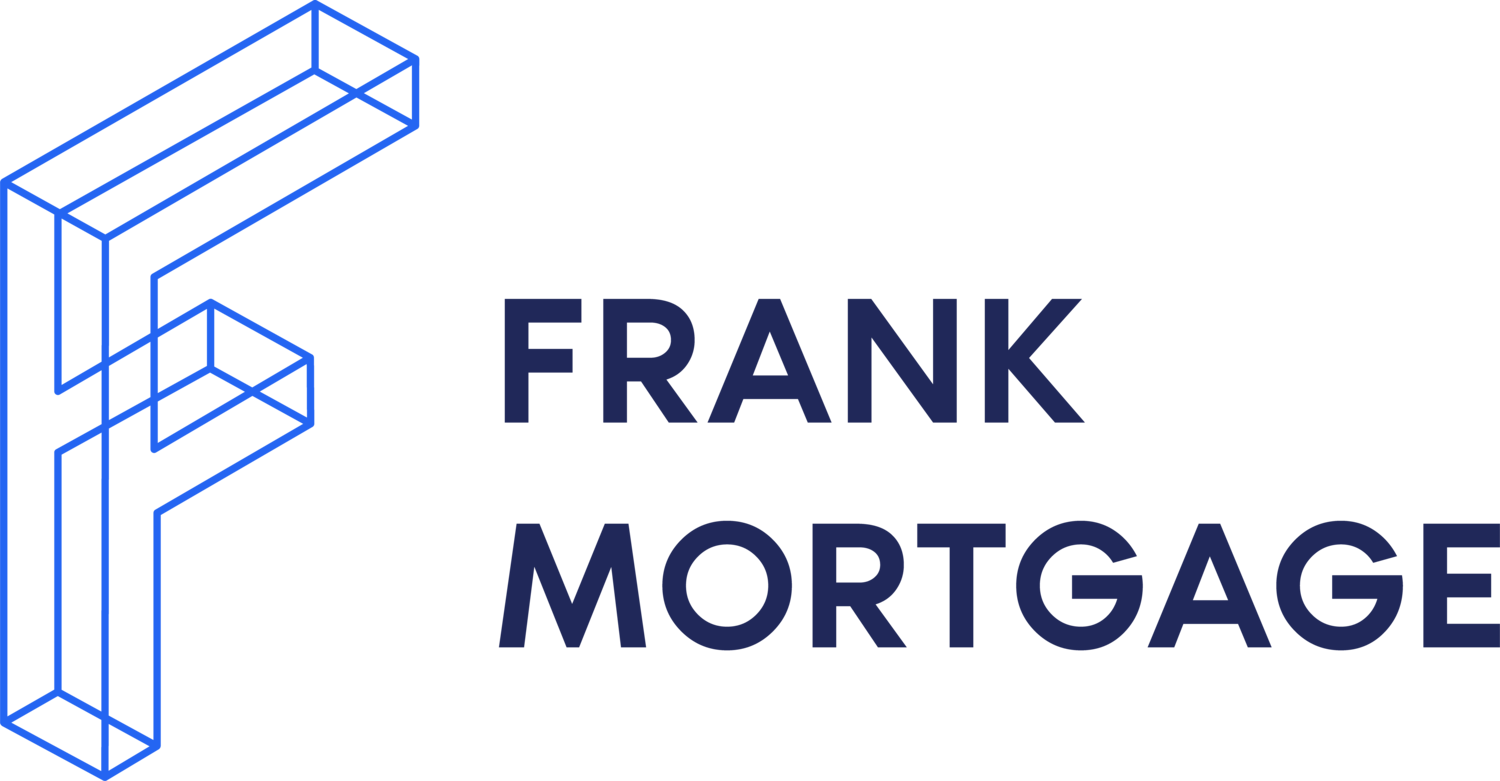The Canadian Mortgage Charter
A Closer Look

The Government of Canada recently introduced the Canadian Mortgage Charter, laying out requirements expected from lenders when dealing with vulnerable borrowers. The charter contains six guidelines aimed at addressing the treatment of borrowers facing financial strain.
While the Government will say they are concerned about borrowers and taking action to help, the truth is that most of the measures in the charter already existed. It is also important for mortgage customers to understand that the charter only addresses existing mortgage borrowers. It does nothing to help new, first-time homebuyers or those trying to qualify for a mortgage.
What are the Six Guidelines in the Canadian Mortgage Charter?
1. Temporary Extensions of Amortization
The charter suggests that banks allow temporary extensions on the amortization period for mortgage borrowers in financial distress. While this sounds great, it's a measure banks already frequently employ. It is in the lender’s interest to work with borrowers to avoid default. As seen recently with the extended amortizations on fixed-payment variable-rate mortgages, this is an existing common practice. The charter formalizes an existing practice rather than introducing a novel approach.
2. Fee and Cost Waivers for Mortgage Relief
Under the charter, banks are expected to waive fees and costs associated with mortgage relief measures for struggling borrowers. This is a positive that may influence lenders that currently don’t demonstrate much flexibility on fees.
3. Insured Mortgage Stress Test Exemption
When Switching Lenders The charter confirms the existence of an exemption for insured mortgage holders from re-qualifying under the stress test when switching lenders during mortgage renewal. The media has reported this as a new measure, but the truth is it has been in place for years. However, it was not widely known and many market participants were unaware. This simply is a confirmation of an existing fact.
4. Advance Notification of Renewal Options
According to the charter, banks are required to contact homeowners four to six months before mortgage renewal, to inform them of their renewal options. While this emphasizes proactive communication, it formalizes a practice that responsible lenders have often followed, albeit inconsistently at times. Having it codified in this way will help motivate all lenders to consistently reach out to renewing customers early. It is in the lenders interest to secure the customer for renewal as early as possible. It is in a renewing borrower’s interest to search the market early to find their best renewal options. Codifying this timing in the charter may contribute to consistency in practice but does little to help vulnerable borrowers.
5. Lump Sum Payments and Prepayment Penalties
The charter says lenders must allow borrowers to make lump sum payments to prevent negative amortization or sell their principal residence without incurring prepayment penalties. This is not new and is already outlined in OSFI guidance. All lenders already allow lump sum payments up to a certain threshold without charging a prepayment penalty. Nor would they charge a penalty on a principal paydown at renewal to bring the mortgage back to its planned amortization schedule. If a house is sold, lenders do charge penalties if the mortgage is terminated early and, as long as there is positive equity from the sale (a scenario where the vulnerable borrower definition likely does not apply), it should be reasonable to continue to do so. How the government plans to monitor and enforce this is unclear.
6. Waiving Interest on Interest for Mortgage Relief
In cases where mortgage relief measures result in payments that fail to cover interest, the charter mandates banks to waive interest on interest. This rule may be challenging to implement. Does the reason for the arrears matter? If interest is capitalized, is it interest on interest for this purpose? It should be apparent that interest on interest is not a penalty. It is simply the math, and it encourages borrowers in arrears to act quickly to resolve the situation. This guideline will likely be the one the banks are least likely to follow.
Why Announce the Canadian Mortgage Charter Now?
There is pressure on governments to find ways to ease the housing crisis and, at the same time, help existing borrowers. Most of the Canadian Mortgage Charter aligns with existing practices within the mortgage industry. While it emphasizes certain expectations from banks, it does not provide much in the way of new relief measures for borrowers. It is more of a political measure to give the appearance of government doing something positive, rather than a practical measure that actually helps.
Expected Impact of the Canadian Mortgage Charter
One positive from this announcement is that it will make more mortgage borrowers aware of the best practices that lenders should follow when borrowers fall into financial hardship and need help with their mortgage. While the charter might not bring entirely new measures to the table, it serves as a reminder of the available support mechanisms and let’s borrowers know that there are relief measures that lenders are expected to provide.
Because lenders were already following most of these practices, we do not believe that borrowers will see much change in behaviour from the banks or other mortgage lenders. Perhaps for the minority of lenders that applied these measures inconsistently there will be an improvement in the consistent application of relief for financially strained borrowers.
For insured mortgage borrowers with upcoming renewals the clarification that they do not need to pass the stress test to switch to a new lender is welcome. Now that this is more widely known in the market more insured borrowers will benefit from the flexibility a mortgage switch can provide.
Conclusion
The Canadian Mortgage Charter does not introduce any revolutionary changes or material new relief. It highlights the ongoing focus on borrower rights and financial support and acts as a set of expectations for lenders when dealing with vulnerable borrowers.
The charter is not law and may also be challenging for the government to monitor. How to determine if a generic rule was followed or when a relief measure had to be applied is not as clear as it may sound. Given the political nature of the unveiling of the charter there may be good reason for skepticism that monitoring by government and follow-up to correct lender non-compliance will be robust. How it will be enforced is unclear. Borrowers affected by lenders that don’t follow the charter can file a complaint on the FCAC Website.
As a mortgage customer, staying informed is key to navigating the mortgage landscape and making decisions that are best for your financial well-being. The charter is at least informative and serves as a reminder to borrowers to educate themselves and understand their options during times of financial strain.
If you would like to know more about this or any other mortgage matters, the team at Frank Mortgage are always available to help. Call us at
1-888-850-1337 or find us at
www.frankmortgage.com.
About The Author

Don Scott
Don Scott is the founder of a challenger mortgage brokerage that is focused on improving access to mortgages. We can eliminate traditional biases and market restrictions through the use of technology to deliver a mortgage experience focused on the customer. Frankly, getting a mortgage doesn't have to be stressful.
Related Posts






